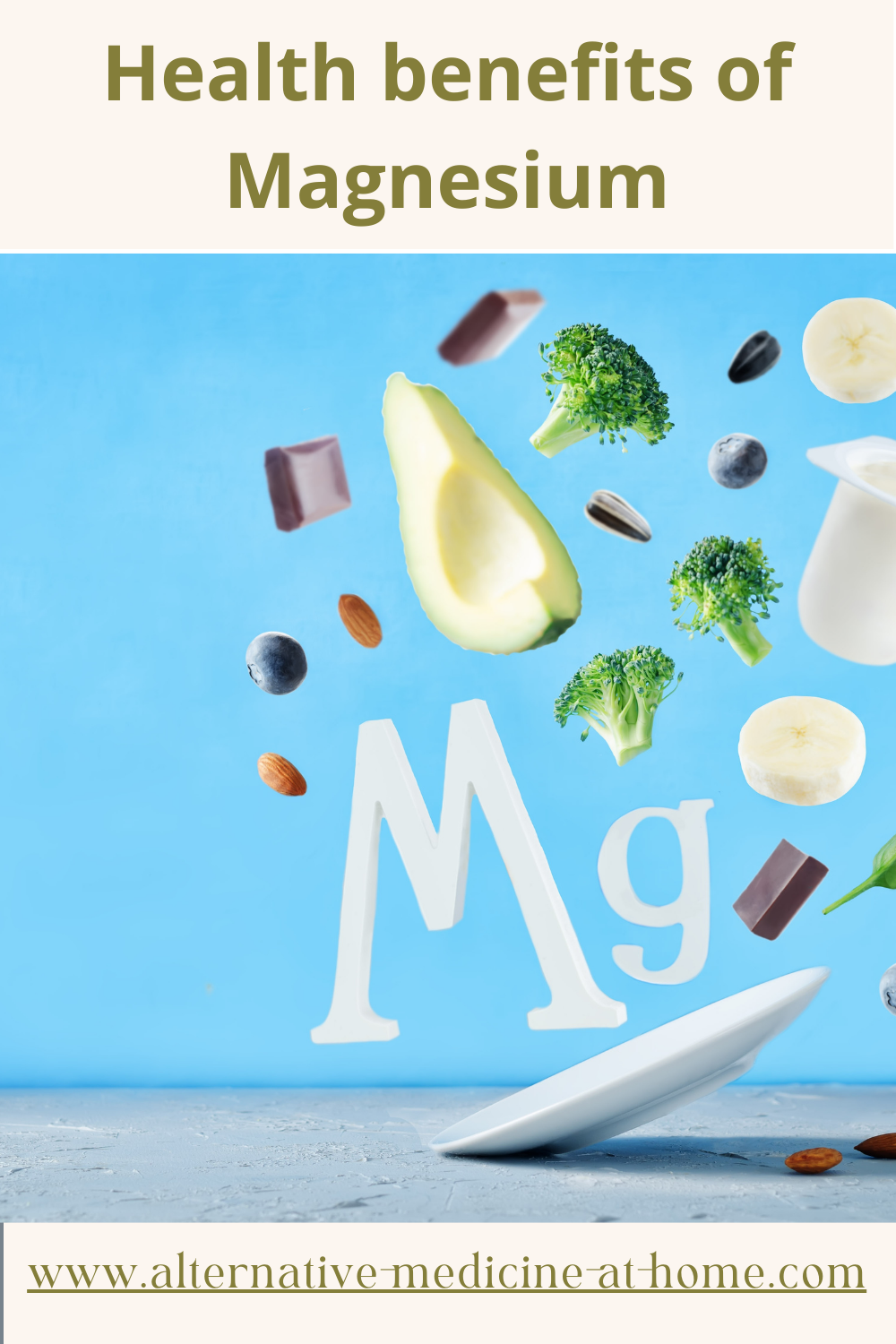Magnesium - Health benefits, deficiency and dosage
functions of magnesium in the BOBY
- Magnesium is the fourth most abundant mineral in the body.
- It is primarily found within the cell, where it is crucial for (ATP) metabolism.
- It plays a role in the structure of bones and teeth.
- Magnesium is considered the “anti-stress” mineral. It is a natural tranquilliser, as its functions is to relax skeletal muscles as well smooth muscles of blood vessels and the gastrointestinal tract .
- It is required for DNA and RNA synthesis, and for both aerobic and anaerobic energy production.
DEFICIENCY/ INSUFFICIENCY SIGNS AND SYMPTOMS
Signs and symptoms of deficiency are usually not seen until serum magnesium decreases to 0.5 mmol/L or lower.
Clinical manifestations of deficiency are-
Electrolyte disturbance
a) Hypokalemia- The exact mechanism for the development of hypokalemia in magnesium deficiency is not clear, but may be related to the dependence of Na+, K+ -ATPase.
b) Hypocalcaemia
Neuromuscular and central nervous system
Carpopedal spasm, Convulsions, Muscle cramps, Muscle weakness, tremors, Vertigo, Depression.
Cardiovascular
Atrial tachycardia’s, fibrillation Supra ventricular arrhythmia, Ventricular arrhythmia.
The frequency of cardiac arrhythmia occurring after myocardial infarction is higher in hypo-magnesemia patients and is reduced by its administration.
Complications of magnesium deficiency
Altered glucose homeostasis, Atherosclerotic vascular disease, Hypertension, Myocardial infarction, Osteoporosis.
There is an inverse relationship between magnesium intake and blood pressure.
Miscellaneous
Migraine, Asthma, Chronic fatigue syndrome, Impaired athletic performance.
best FOOD SOURCES
The best sources of
magnesium are dark leafy greens, legumes, nuts, seeds, fish and whole grains.
The following table shows some best foods sources.
Food Serving
Size
Magnesium (mg)
Pumpkin or squash seeds, without shell
60 ml (¼ cup)
317
Brazil nuts, without shell
60 ml (¼ cup)
133
Peas, black-eyed peas cooked
Tempeh/fermented soy
products
175 ml (¾ cup)
150 g (3/4 cup)
121
116
Cheese, soy
50 g (1½ oz)
114
Soybeans, mature, cooked
175 ml (¾ cup)
109
Sunflower seed butter
30 ml (2 Tbsp)
101
amount OF MAGNESIUM NEEDED PER DAY
AGE
0-3 Month
4-6 Month
7-9 Month
10-12 Month
1-3 Year
4-6 Year
7-10 Year
11-14 Year
15-18 Year
19- 50 + Male
19-50+ Female
MAGNESIUM mg/day
55
60
75
80
85
120
200
280
300
300
270
health BENEFITS OF MAGNESIUM
Magnesium has been used for numerous conditions. The common uses are -
DIABETES
It is important for the metabolism of carbohydrates and glucose.
HEART HEALTH AND ARRHYTHMIA
Useful in maintaining the health of muscles, including hearts.
BONE HEALTH
It is important for the metabolism of calcium. It is helpful in osteoporosis.
ASTHMA
Magnesium appears safe and beneficial for severe acute asthma. It should only be provided by healthcare professional.
HEADACHE
Patients with cluster headaches and classic common
migraine, especially menstrual migraine, have low levels of magnesium.
DYSPEPSIA
Another condition it is important is dyspepsia, a key symptom of gastroesophageal re-flux disease.
CONSTIPATION
Used for treating constipation with magnesium hydroxide (Milk of Magnesia) or magnesium citrate.




